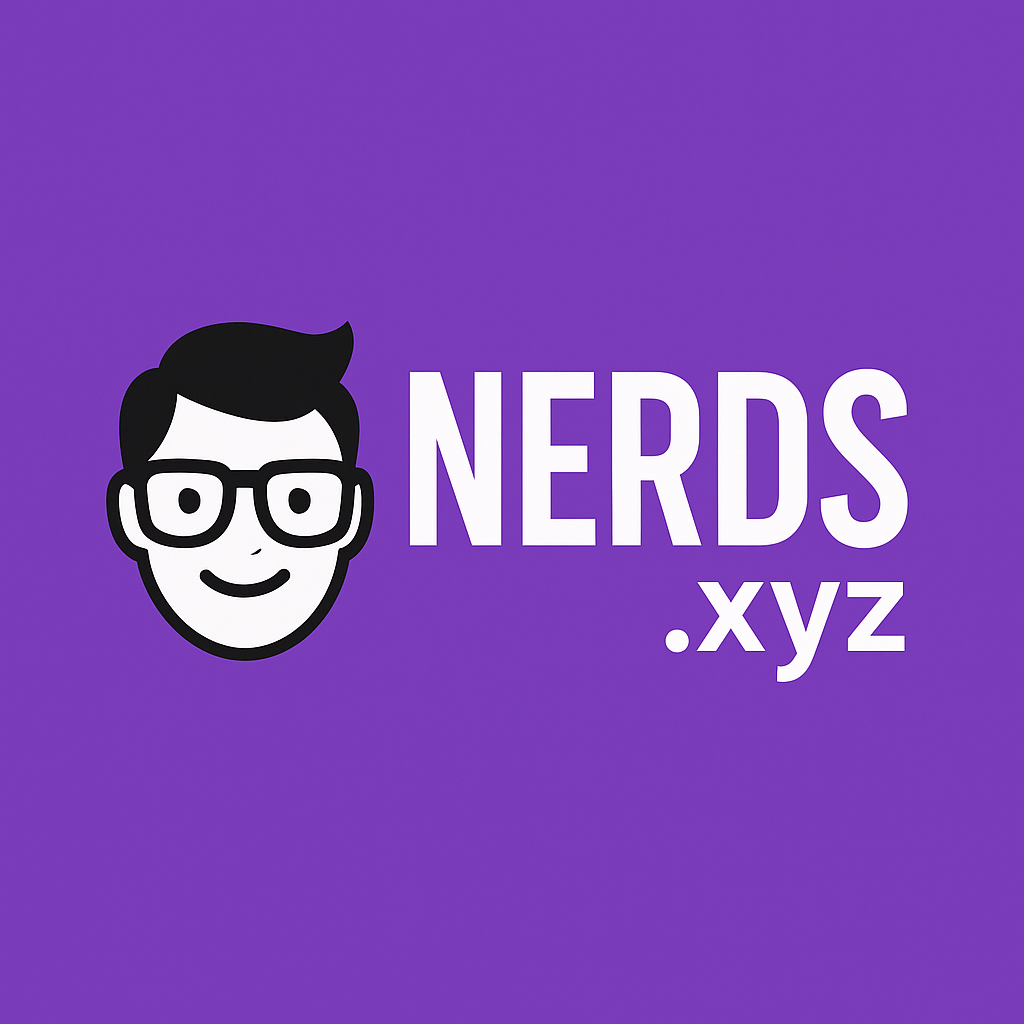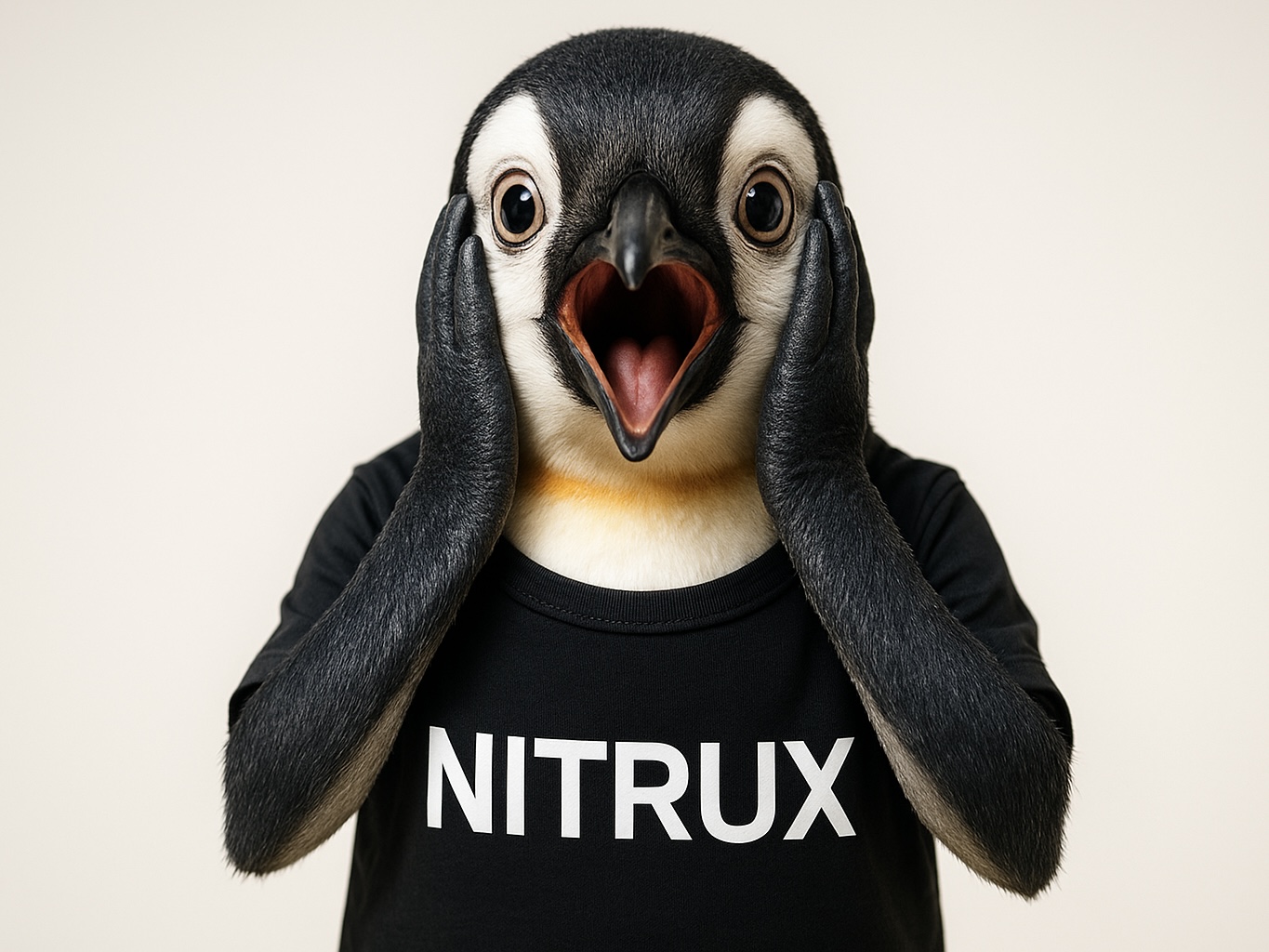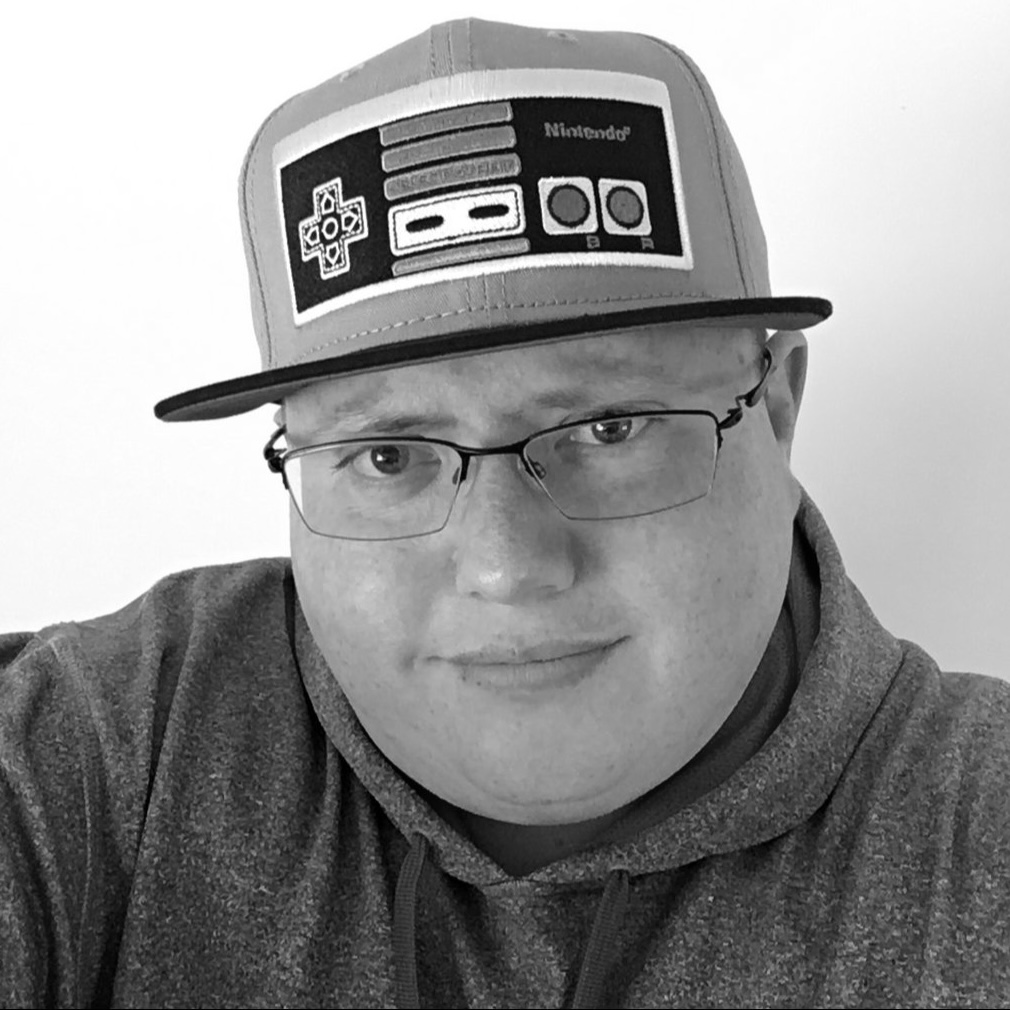Nitrux just made a shocking change. You see, the Linux distribution is stepping away from KDE Plasma and its own NX Desktop. The team is also putting the Maui Shell on pause. That doesn’t mean it’s dead, but it’s definitely on the shelf for now.
This all started after Plasma’s long-term support releases were discontinued. That threw a wrench into the Nitrux roadmap. At one point, there was a plan to bring in Plasma 6 using AppImage and rebuild NX Desktop on top of it. But with limited developer resources and very little help from the community, that idea quickly lost momentum.
So the developers made a tough call. They archived NX Desktop entirely and pivoted the project toward something simpler and more sustainable.
From now on, Nitrux will ship with Hyprland. That includes Waybar and Wlogout for essential UI components. Plasma is gone, and so is SDDM. In its place, Nitrux will use greetd and QtGreet. Since those are built with Qt and QML, they’re a natural fit. But there’s one big catch: Nitrux will now only support Wayland sessions. No more X11.
The kernel is also changing. Nitrux is moving from Liquorix to Cachy. The key reason is PSI support. Waydroid depends on that feature, and the Liquorix kernel still doesn’t offer it. Since Nitrux wants to support use cases beyond personal computers, this change makes a lot of sense. Cachy offers other advantages too, thanks to its custom kernel configuration.
When it comes to software distribution, Nitrux is putting more emphasis on its own NX AppHub and AppBox systems. AppImage support is being reduced, especially for those using FUSE 2. Only AppImages built with FUSE 3 will continue to work. This is part of a bigger push to streamline and control the user experience.
There are also some wishlist items for the future. The team wants to replace SquashFS with DwarFS for the ISO. They say DwarFS performs better in their AppBox use cases. Another goal is to expand support to ARM64 alongside x86_64. They’ve learned how to build images for certain single-board computers, but their infrastructure still needs work to handle ARM packages.
For now, updates will continue every two months through NUTS. Users should expect a transitional period while documentation gets updated and the new setup comes together. Even so, it’s clear the team is committed to moving forward with a cleaner and more focused approach.


